WhyTry for Juvenile Justice: Breaking the Cycle with Resilience
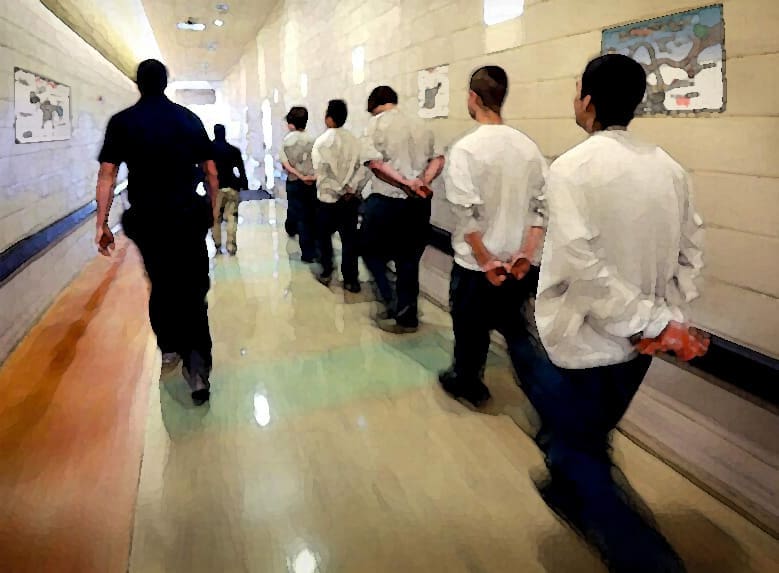
A Trauma-Informed Approach to Reaching Incarcerated and Probationary Youth
For youth in detention centers, secure residential placements, or on probation, the odds are too often stacked against them. Cycles of trauma, emotional dysregulation, and systemic disconnection make traditional disciplinary approaches ineffective.
The WhyTry Program brings a different approach—a practical, relationship-driven, and resilience-focused intervention that teaches youth how to overcome adversity and reimagine what’s possible.
Got Questions?
Schedule a call with one of our program directors, and they will be happy to meet with you and provide more information or a quote.
Download a Brochure
Want a printable hard copy of this information to share with others or pass along to a colleague?
A Proven Framework for Change
WhyTry is a research-based program built to help youth develop resilience, motivation, and life skills through an engaging and practical model. In juvenile justice environments, it serves as a critical intervention for improving behavior, building confidence, and preparing students to succeed beyond the system.
What Makes WhyTry Unique
At the heart of WhyTry are ten powerful visual metaphors that make complex concepts—like accountability, emotional regulation, and future planning—accessible and relatable. These metaphors are reinforced through object lessons and activities, discussion, video clips, story examples, and journaling, creating a multi-sensory experience that connects with youth in meaningful and memorable ways.
WhyTry Provides Hope for Breaking the Cycle
The WhyTry approach helps youth recognize the patterns and choices that led to their current circumstances, while empowering them to make internal changes that restore personal agency and open the door to a more hopeful, purpose-driven future. Instead of being defined by their past, they begin to build a new identity rooted in growth, self-worth, and direction.
The program is designed to meet students where they are—whether in a classroom, a therapy group, or a secure facility—and guide them toward lasting change through consistent practice and caring relationships.
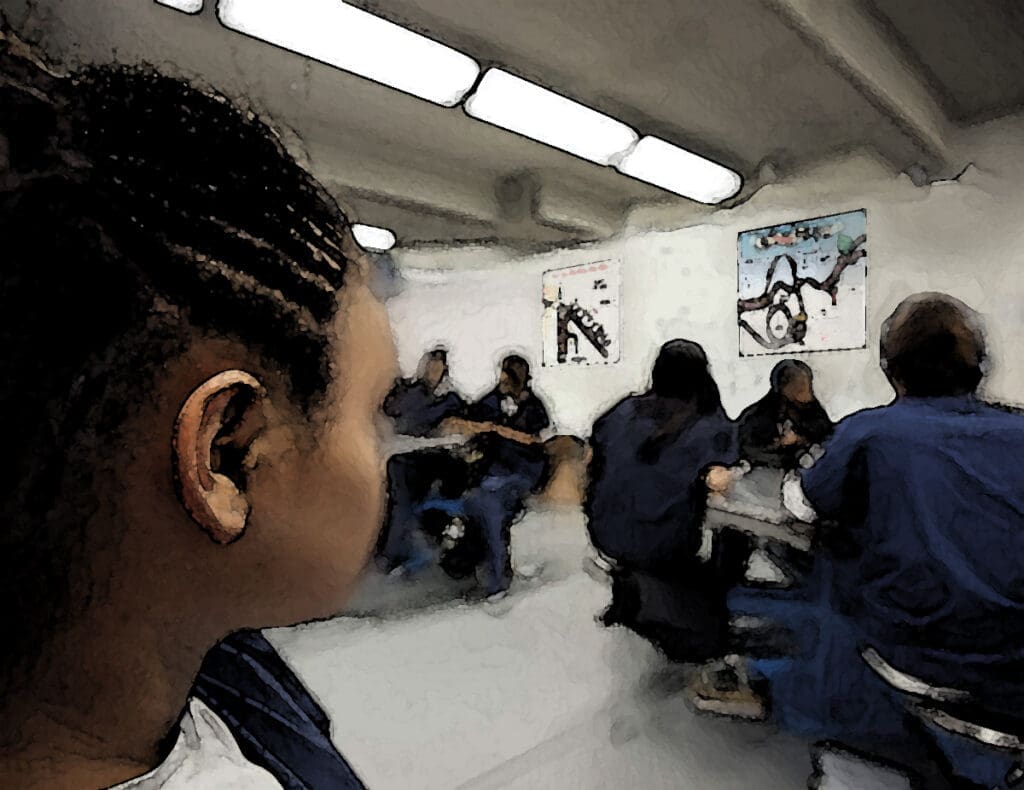
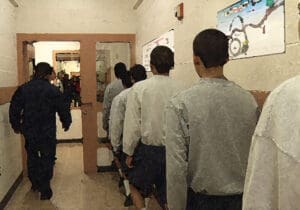
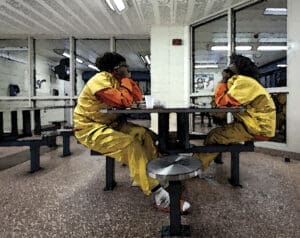
“Currently, I utilize [WhyTry] in our juvenile detention facility and our county court schools. These are the two places I go consistently. We work with some pretty rough kids, but the program resonates with them.”
Key Outcomes for Youth in Juvenile Justice
These outcomes align with WhyTry’s learner objectives and address the most urgent needs of incarcerated and at-risk youth
🎯 Improved Decision-Making & Goal Setting
Reality Ride helps students understand how their choices create real-life consequences and how intentional decisions can lead to new opportunities.
- Connecting choices to life outcomes
- Goal planning and accountability
- Long- and short-term visioning
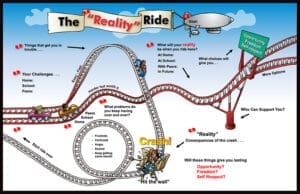
🧍♂️ Positive Identity & Self-Worth
Tearing Off Your Label invites students to confront negative labels—like “criminal” or “troublemaker”—and replace them with strengths-based self-images.
- Connecting choices to life outcomes
- Goal planning and accountability
- Long- and short-term visioning

🔥 Emotional Regulation & Coping Skills
Defense Mechanisms and Motivation Formula teach youth to channel emotional intensity into purposeful action and build strategies for managing frustration, anger, and stress.
- De-escalation tools
- Self-talk and reflection
- Turning emotions into motivation
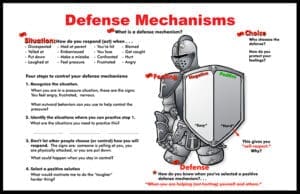
🧩 Problem Solving & Confidence
Jumping Hurdles builds self-efficacy by helping youth learn how to overcome setbacks and create solutions.
- Framing problems as challenges, not roadblocks
- Confidence through effort
- Concrete thinking strategies
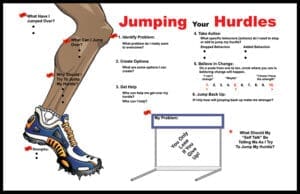
💪 Self-Discipline & Responsibility
Lifting the Weight emphasizes how external structure—rules, laws, expectations—can actually build inner strength and integrity.
- Turning resistance into growth
- Accepting boundaries as a path to maturity
- Learning personal accountability

🤝 Peer Influence & Support Systems
Getting Plugged In and Climbing Out focus on building positive peer networks and adult connections to promote healing and growth.
- Replacing harmful influence with healthy support
- Validating connection as strength, not weakness
- Learning to seek and accept help

🌍 Vision for the Future & Hope
The Wall empowers youth to look beyond their immediate barriers and develop a long-term vision rooted in opportunity and personal freedom.
- Shifting from survival mode to growth mindset
- Creating a new story for the future
- Reclaiming a sense of control and possibility
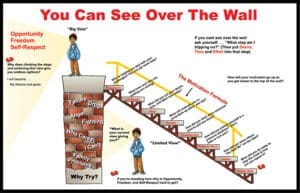
10 WhyTry Learning Units
The WhyTry curriculum utilizes a series of (ten) visual analogies that teach essential life skills, including:
- Decision-making
- Positive self-esteem
- Emotional regulation
- Having a resilient mindset
- Peer influence & relationships
- Problem-solving
- Hard work & Determination
- Responsibility and expectations
- Relationship building
- Self-efficacy
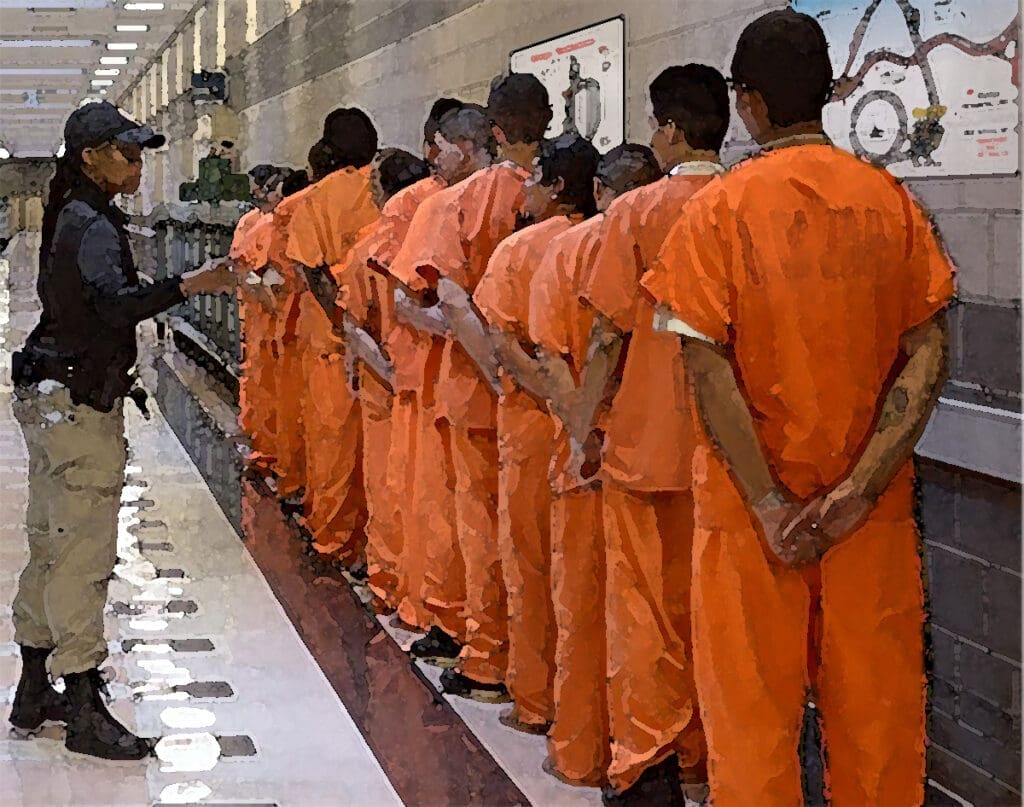
A Lifeline for Staff: Tools to Build Trust and Connection
WhyTry is not just for students—it empowers staff with ready-to-use tools, training, and strategies that make it easier to reach resistant youth and build a more positive facility culture:
- Relationship-centered conversation guides
- Trauma-informed teaching methods
- Hands-on workshops to boost morale and reduce burnout
- Turnkey lesson plans for individual, group, or classroom delivery
“Why Try is a program that has allowed me to connect with both productive and delinquent youth for more than 20 years. Still to this day, adults in the community will approach me and share their favorite Why Try memory with me from when they were kids. This program has had a bigger impact on more people than I would have ever thought possible.”
Let’s Build a Future, Not Just a Sentence
The youth you work with deserve more than punitive consequences. They deserve a chance to learn, grow, and create a future they can believe in.
Schedule a free demo with one of our program directors today and learn how WhyTry can transform your juvenile justice setting. When you book a demo, we will provide you with a free copy of our best-selling book “The Resilience Breakthrough” (eBook and audiobook version) and our complete toolkit overview.

Free Resources In Our Resilience Bundle
As a thank you for your interest in WhyTry, we would like to share with you the following free resources:
Watch a recent webinar on Using WhyTry in a Juvenile Justice setting
Webinar: “Breaking the Cycle, Teaching Resilience Where it’s Needed Most” – featuring Christian Moore L.C.S.W. – Author of The Resilience Breakthrough and WhyTry Founder, and Jason Johnson E.d.S. – Director of Training and Research – WhyTry
More information about WhyTry
Watch an overview of The WhyTry Program, toolkit, and materials. If you still have more questions, or if you are interested in a quote for volume pricing:
The WhyTry Program
WhyTry is a powerful toolkit for teachers and counselors to teach students the “Skills of Resilience.” WhyTry is also an approach to engage and motivate even those difficult-to-reach students. To share Information about the WhyTry Program materials and training, point people to this page: whytry.org/program
Pass Along a Printable Brochure
Just looking for a quick document that can be attached to an email or a brochure that can be printed. Click on this link to get a document that explains about all our programs and resources for educators. Download a Brochure

The Power of Visual Metaphors
One of the most unique things about WhyTry is how we use visual metaphors to teach these important principles to students in a way they can understand and remember. The powerful thing about using this visual approach is the way it takes abstract concepts and puts them into a context through the use of a metaphor that students can understand. It essentially creates a language for educators to communicate the relevance of these things.
